History of Kalundborg Port
The history of Kalundborg Harbour goes back a long way – in fact, all the way to the Viking Age. Back then, the harsh seafarers sought shelter in the naturally deep and calm fjord, where they could keep an eye on the enemy out on the Great Belt. Later, when Esbern Snare built a castle over 800 years ago, a harbour complex was also built, and from here it all really began.
At first, the harbor was located further west, close to the natural harbor behind Gisseløre – then called Hærvig. Over time, it moved further into the fjord; closer to the growing city, the railway expansion and the increasing industry. And so Kalundborg grew – with the harbor as its focal point.
In the 18th and 19th centuries, Kalundborg Port was an important link in the grain trade to Norway, England and the Netherlands. Steamships, railways and later industry made the port a central hub in Northwest Zealand.
In line with the needs of the times, the port has been expanded again and again, making room for everything from fishing, factories and steamships to, most recently, containers, offshore industry and food control.
But the area has also had its military role; from ancient times to the present day. From the wars of the Viking Age and the medieval Swedish wars to modern warfare during world wars and the Cold War. Today, the Port of Kalundborg has gained new strategic importance as Zealand's only NATO port, where the port's depth, location and infrastructure make it a central hub for the alliance's presence and mobility in the Baltic Sea area.
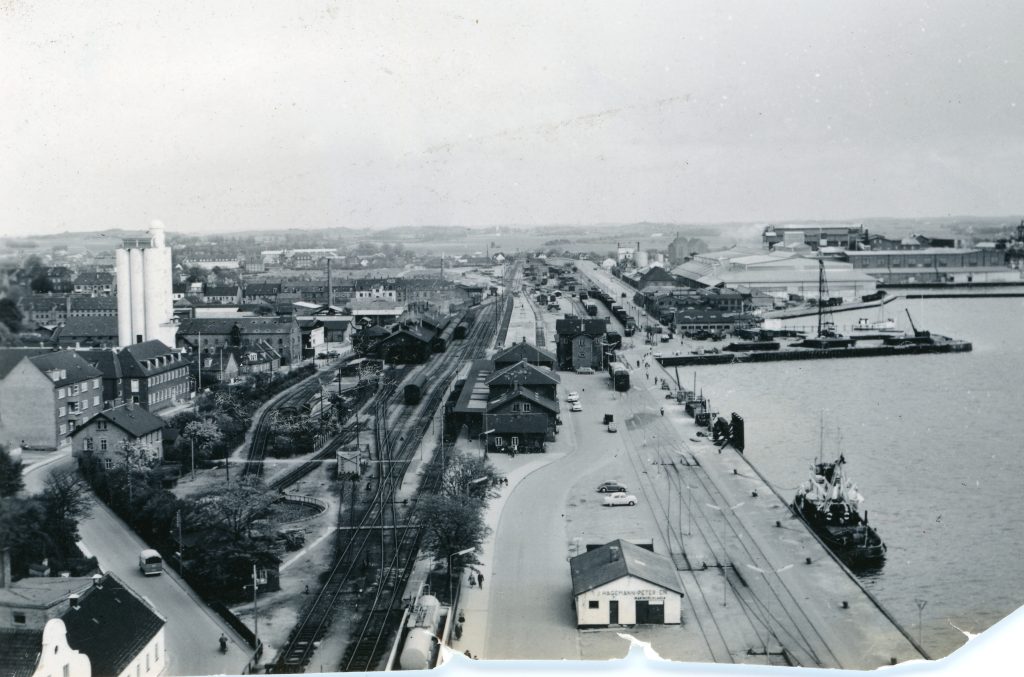
A naturally sheltered harbor – and in constant motion
In more modern times, the port has experienced major changes. During industrialization, the infrastructure was significantly improved, and Kalundborg gained a railway to Copenhagen in 1874. The export of agricultural goods increased, and more industries and productions saw the light of day, and therefore the Port of Kalundborg was expanded several times to accommodate the growing business activity.
At this time, the bottom of Kalundborg Fjord is primarily wetland and marsh, while Kalundborg Harbor mostly consists of the West Harbor, which includes a fishing harbor and ferry connection to Aarhus.
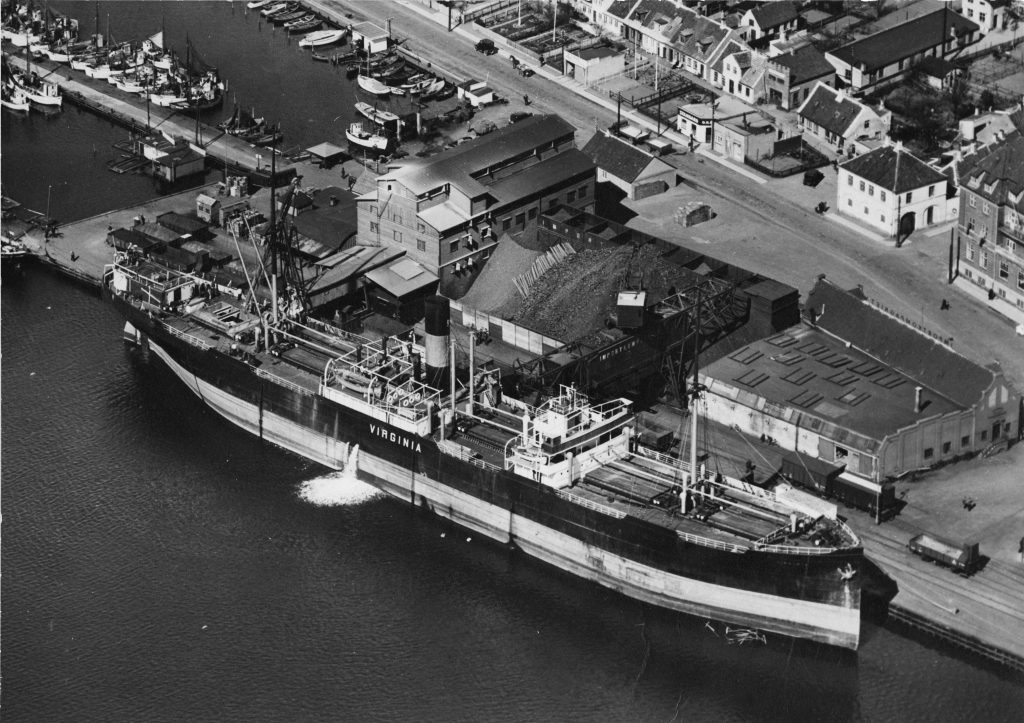
1910 - 1919
Importkompagniet A/S builds a warehouse in the West Harbour, which is supplemented by a coal yard and railway tracks all the way down to the quay. This is the starting point for the industrial development of the harbour. During World War I, Kalundborg Shipyard is built in the eastern part of the harbour. Now the town's business adventure begins, and up to 1,000 people work at the shipyard until its bankruptcy a few years later.
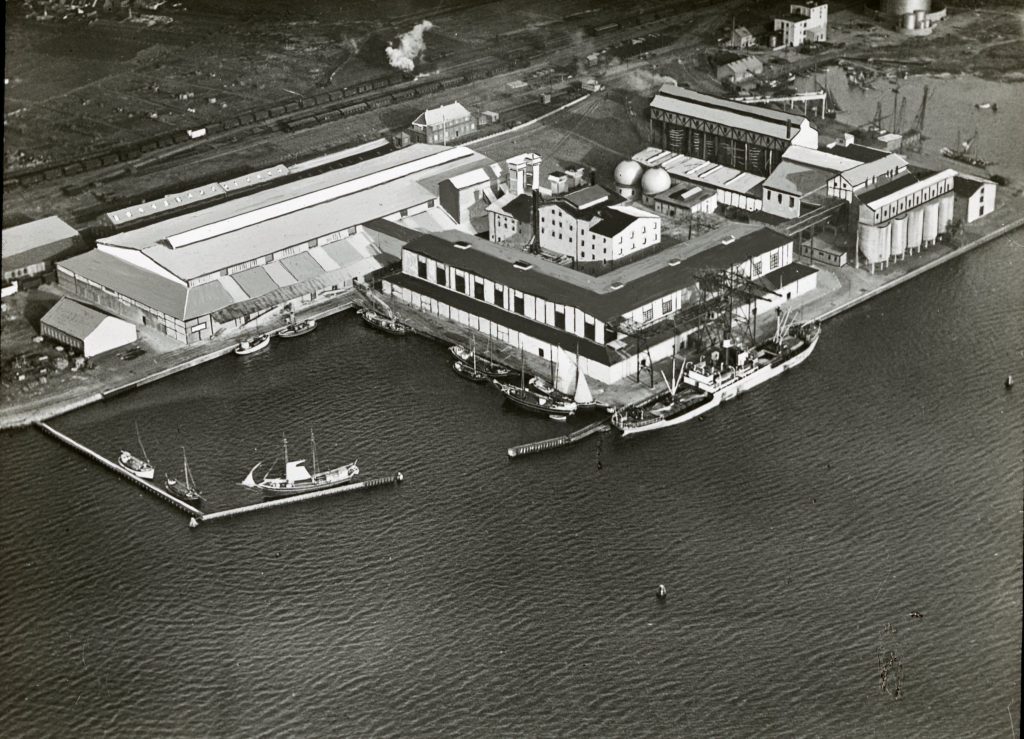
1920 - 1929
The establishment of Kalundborg Østhavn is initiated just east of the shipyard (around quay 7). At the end of the decade, the closed shipyard is converted into A/S Dansk Svovlsyre- og Superphosphat Fabrik, and port facilities for "Svovlsyren" are built (quays 4, 5 and 6). The facility is completed in the early 1930s with bulwarks on the eastern and southern parts of the facility and a dock on the western side.
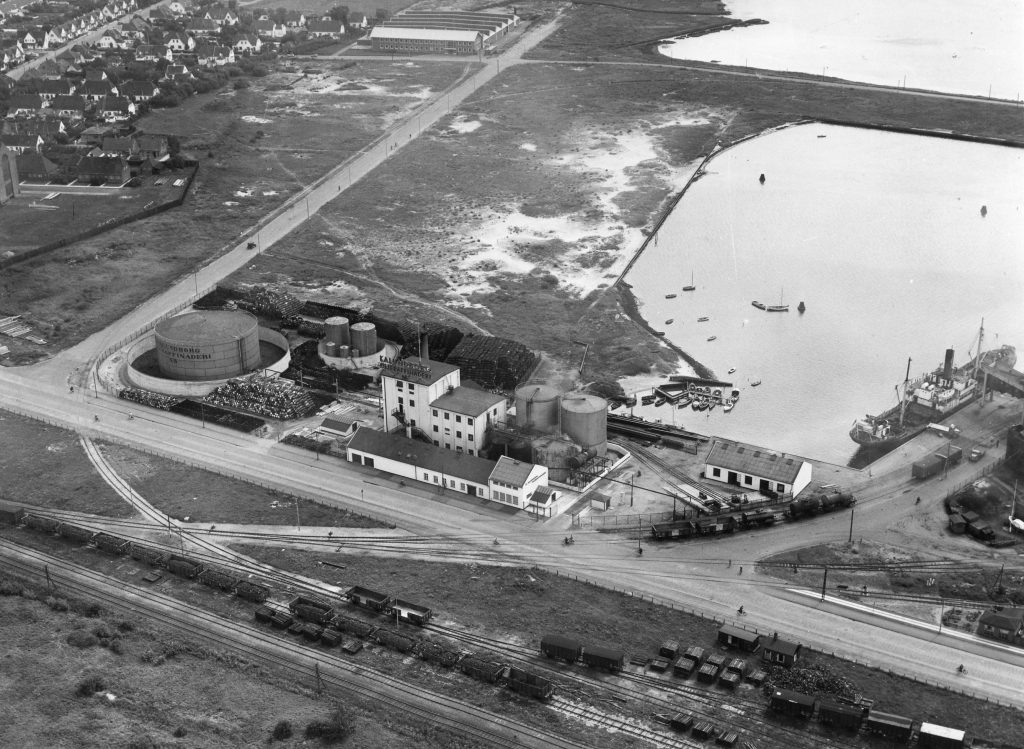
1940 - 1949
The industrial development of the port continues, and the “Oil Island” (quays 10 and 11) is built for tankers. The work will be completed in about 4 years, and the facility will later be supplemented with railway tracks.
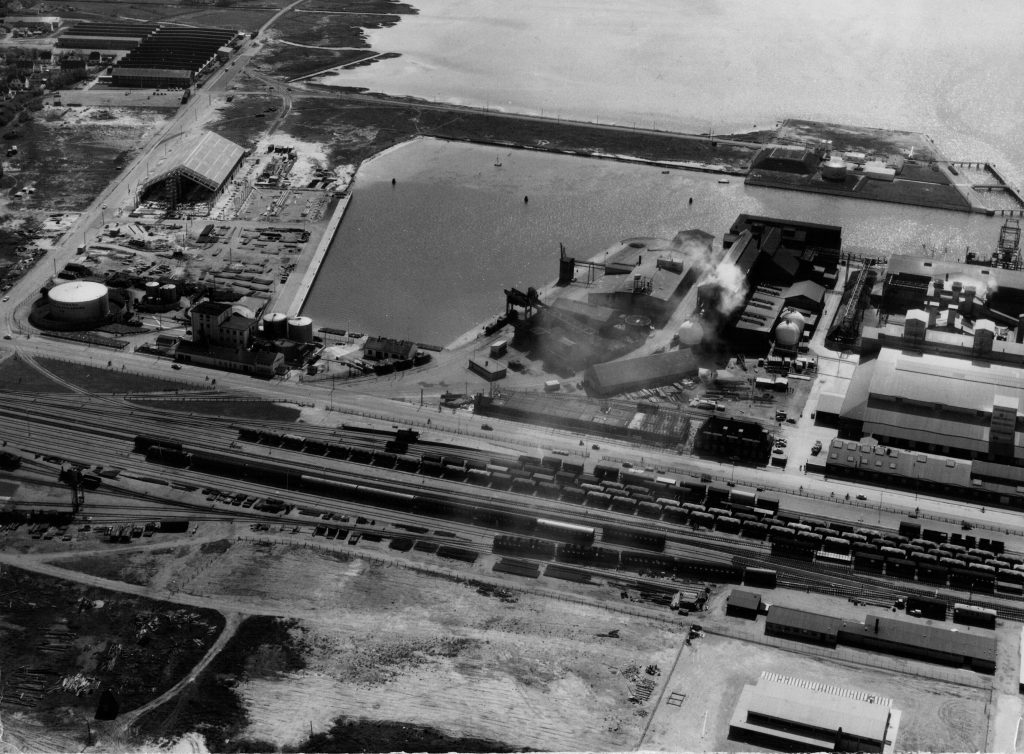
1950 - 1959
The Port Committee decides to expand the East Port by 60 meters in the area that currently lies between quays 7 and 9. The import company's old coal yard is demolished, and a 48-meter-high grain silo is built in its place, which DLG will later own.
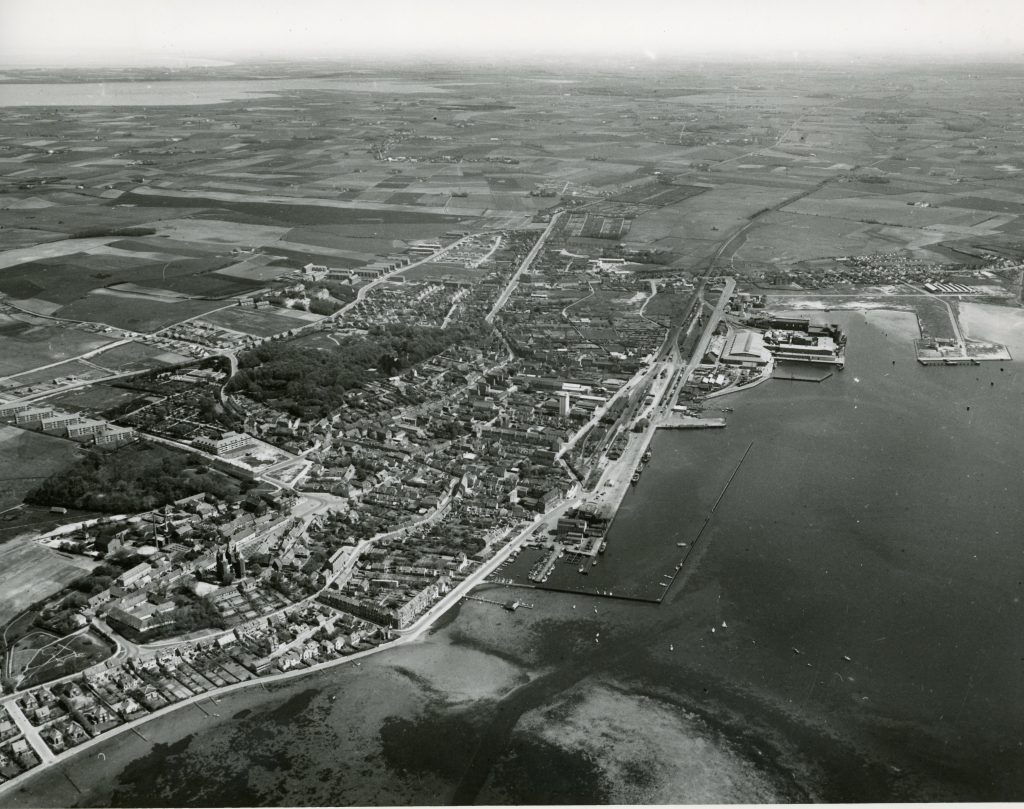
1960 - 1969
The East Harbour is further expanded and deepened to meet the need for space for the growing ferry traffic. On the northern side of the Oil Island, ferry berth I is established with a bulwark, staging areas, road construction, etc. for the Juelsminde-Kalundborg Line. The Oil Island is expanded to the south with the filling of a water area of 50,000 m2. Later, the port acquires Det Forenede Olie Kompagni's oil facilities in the area and begins the establishment of ferry berth II and the reconstruction of ferry berth I and the Oil Bridge (quay 11). When the East Harbour is completed in the mid-1960s, the total investment costs amount to 18.8 million. DKK.
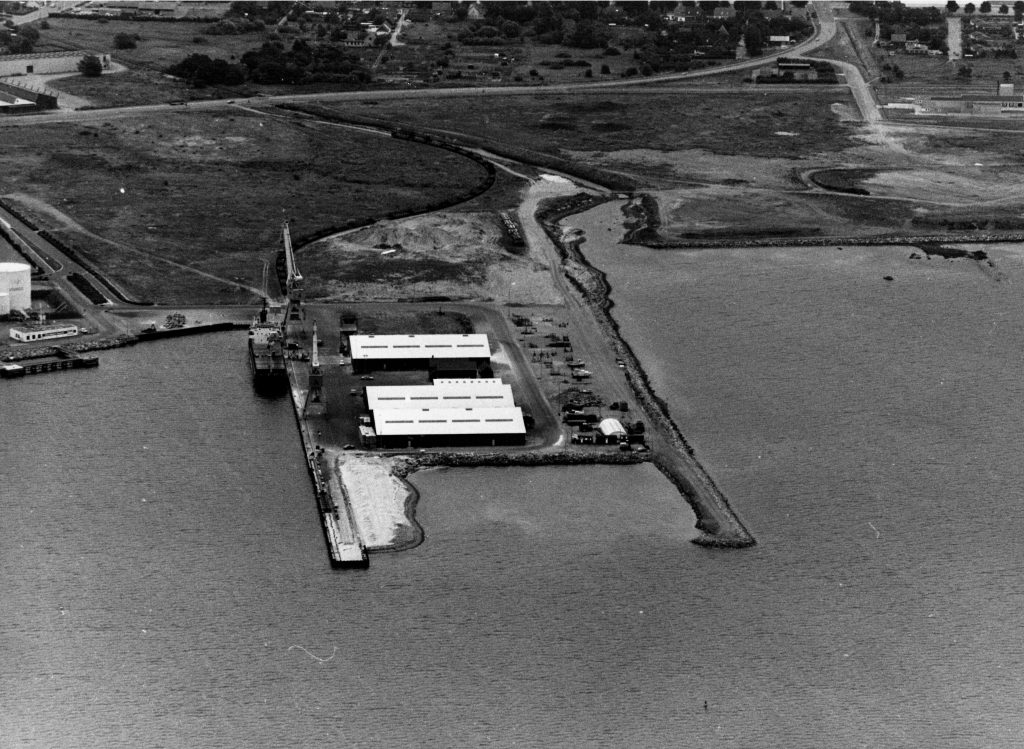
1970 - 1979
The establishment of Sydhavnen begins with stage 1, which includes the construction of quay 12. The quay is nicknamed "Sugar Quay" because many sugar ships load sugar from there. At that time, dock workers drag the bags of up to 50 kg each without the use of machines or tools. An electric Aarhus crane is purchased for unloading and loading, which is still in operation on the quay today. Throughout the 1980s, stages 2 and 3 of Sydhavnen are completed with the expansion and establishment of quay 13 and the purchase of an additional electric crane.
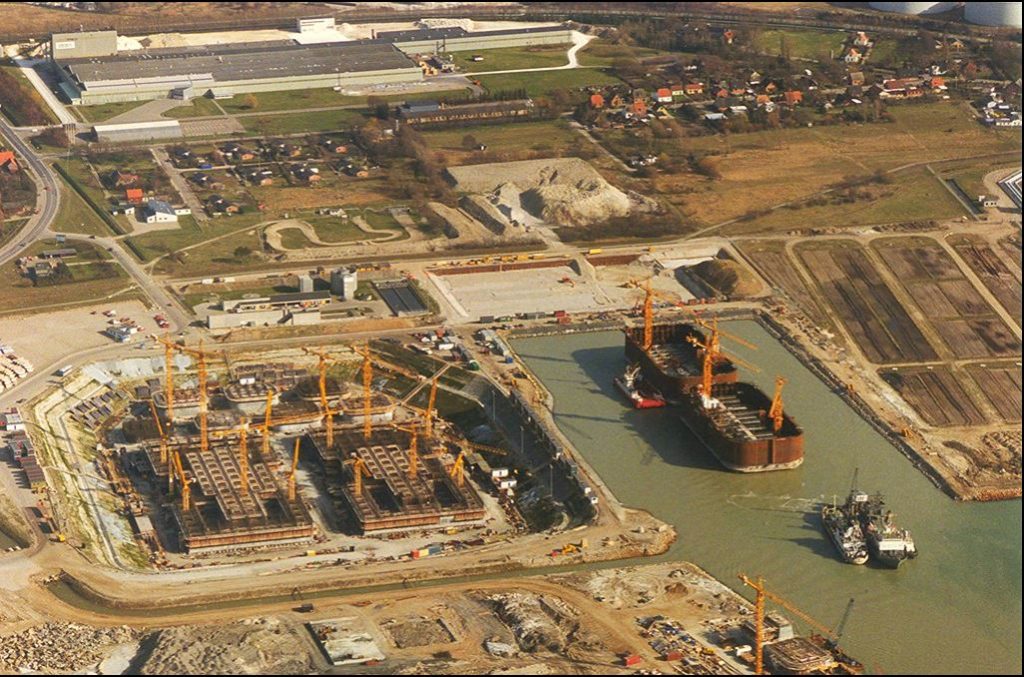
1990 - 1999
At the mouth of the Fuglebæksåen, the establishment of the Dock Harbour begins, where anchor blocks and pylons for the Great Belt Bridge are cast. The soil from the dry dock is used to further expand the South Harbour, and quay 15 is built. Harbour Director Bent Rasmussen takes office in 1995 and one of the major tasks is to transform the Harbour of Kalundborg from one of Denmark's largest ferry ports to one of Denmark's largest industrial ports.
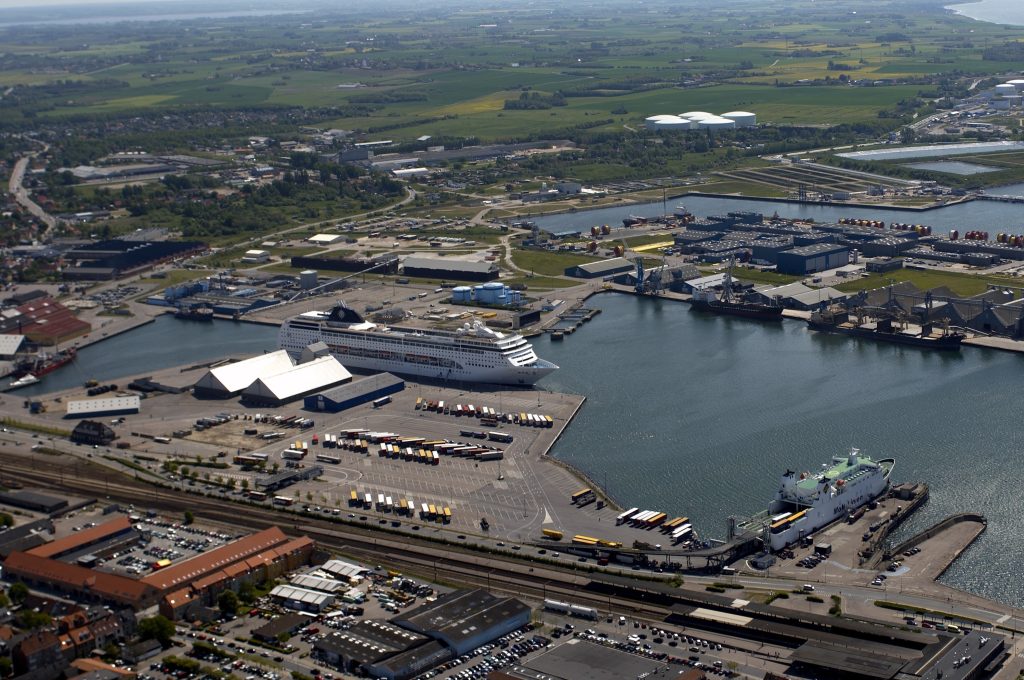
2000 - 2009
At the beginning of the new millennium, the Port of Kalundborg was transformed into a municipal self-governing port, and a few years later the port built a new administration building in the East Harbour (Baltic Plads 2). Quay 9 was expanded and rebuilt, and at about the same time the port inaugurated quay 17 in the Dock Harbour. In 2004, Kalundborg became a cruise destination. M/S Costa Marina called at the Port of Kalundborg as the very first cruise ship, and since then the port has received more than 80 cruise ships. Together with Schultz Shipping, the Port of Kalundborg established the subsidiary Kalundborg Tank Terminal for the storage and handling of liquid bulk.
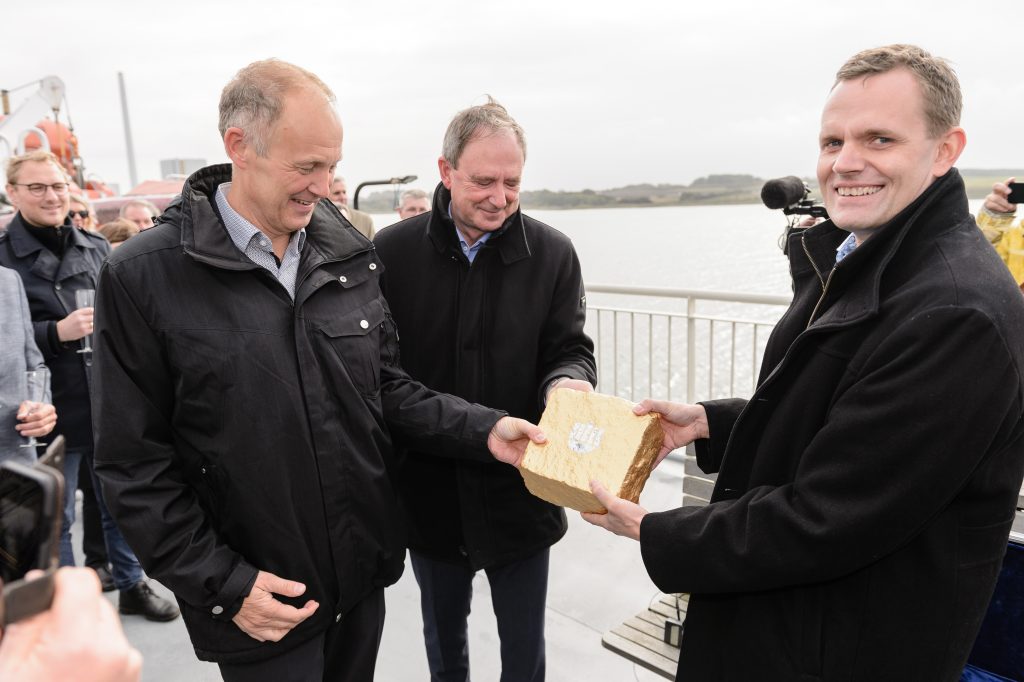
2010 - 2019
The original grain silo in the West Harbour (the DLG silo) has been expanded several times over the years and stands out as a gigantic cement block on the waterfront. In 2015, the DLG silo is demolished, and the Port of Kalundborg sells the old West Harbour to the Kalundborg Municipality, which begins the establishment of the port park. The Port of Kalundborg initiates the construction of the Outer Harbour (New West Harbour), where quay 18 is established.
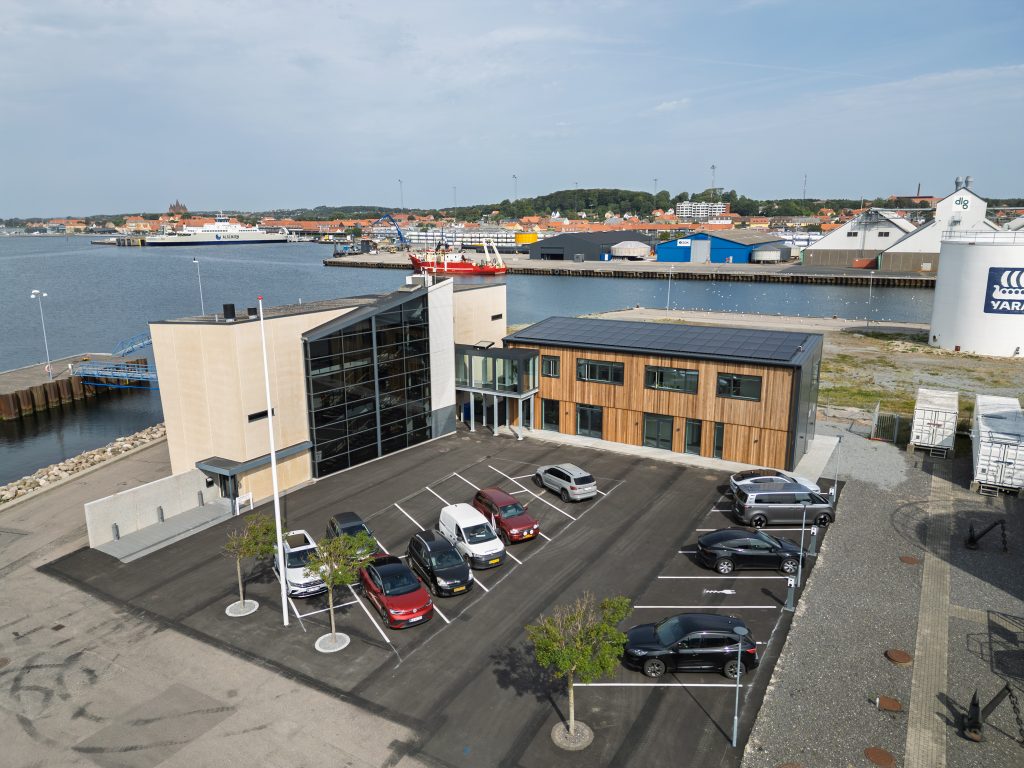
2020 - present
The Port of Kalundborg is establishing a container terminal in Yderhavnen in collaboration with APM Terminals. As an extension of the collaboration, the partners are creating the project “Sjællands Grønne Gateway” with the ambition of establishing the world's first CO2-neutral container terminal. The project wins the Danish Ports Sustainability Award in 2024.